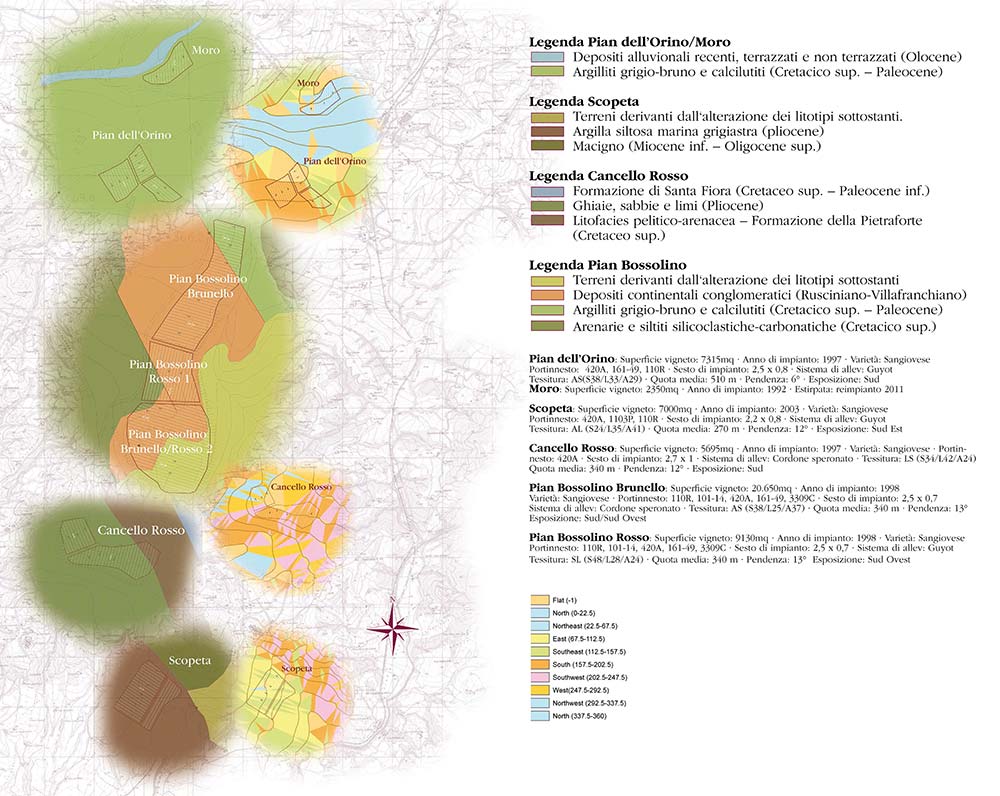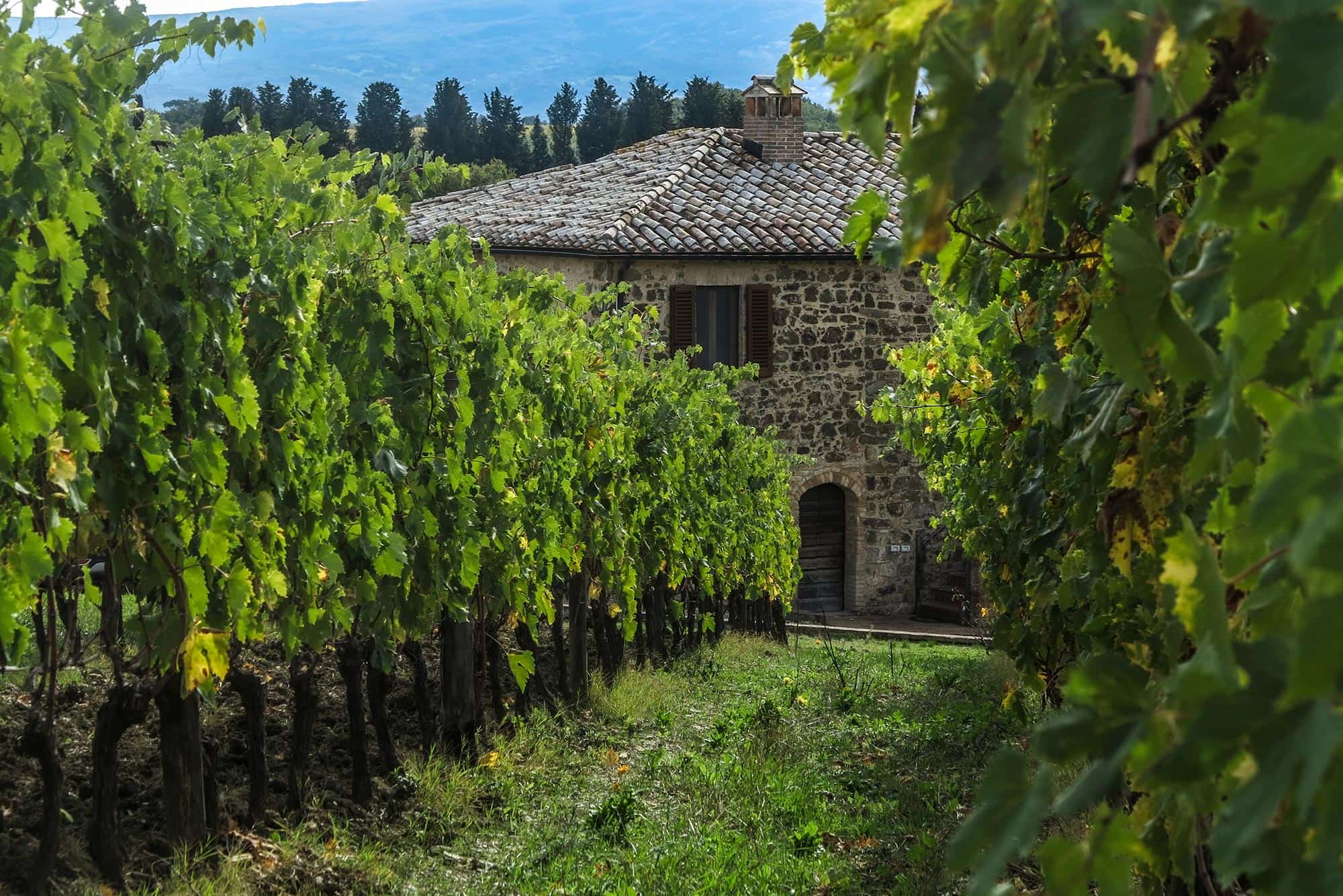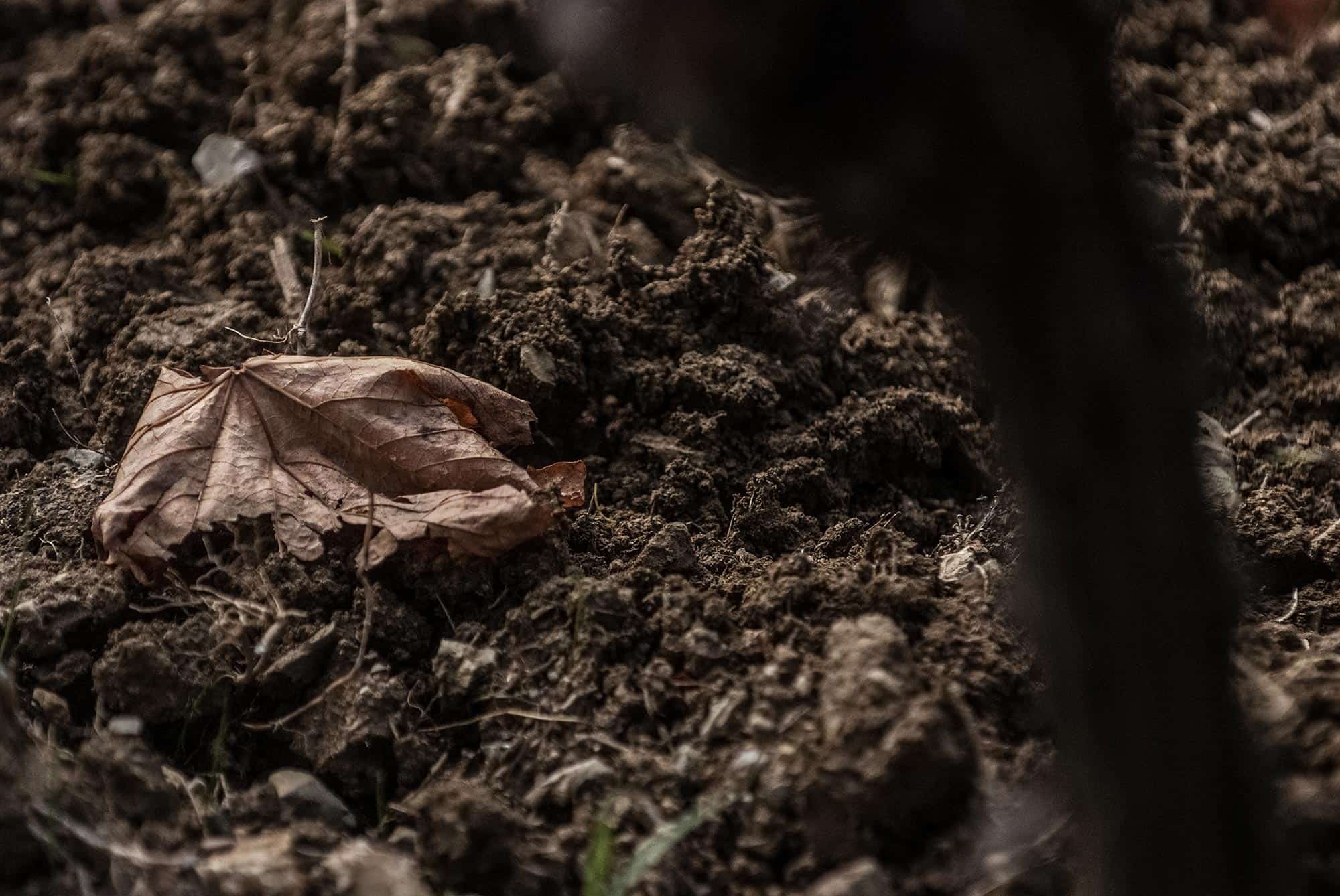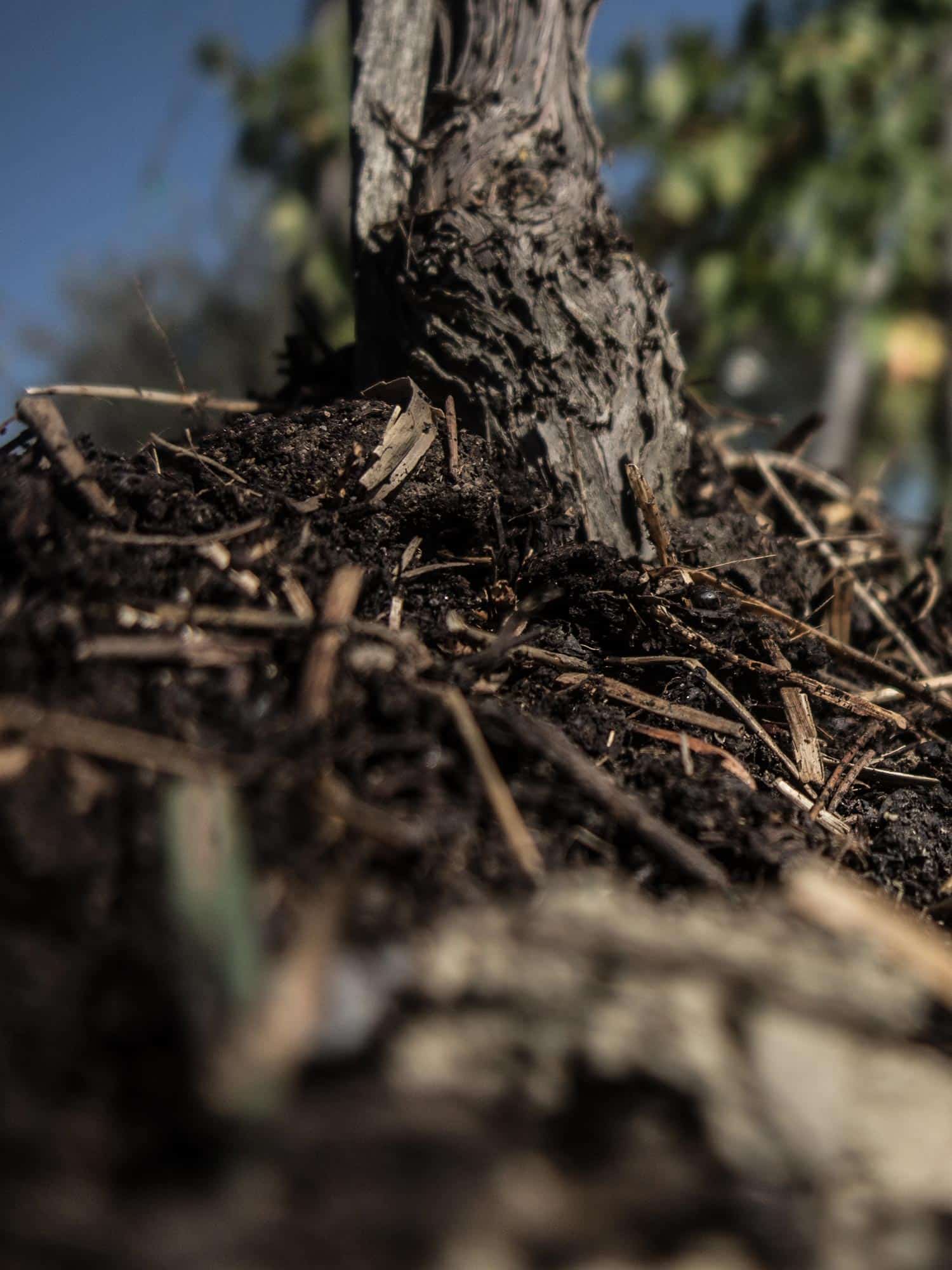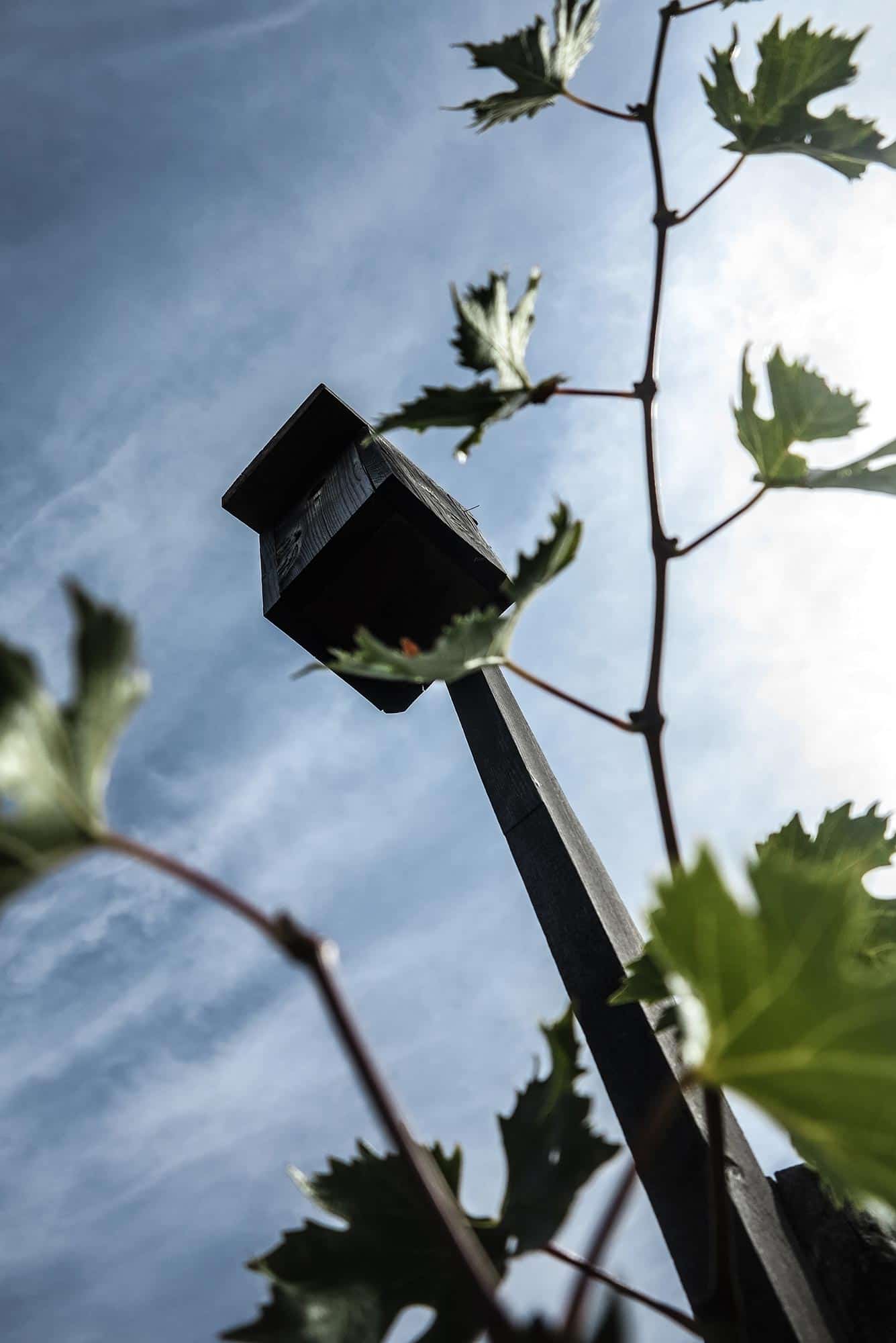Our vineyards
PIAN DELL’ORINO VINEYARD
Name: “Pian dell’Orino” vineyard
Surface of the vineyard: 1.0 ha
Year of planting: 1997, extended in 2007
Variety: Sangiovese
Average elevation above sea level: 500 m
Exposure: south/south west
Training system: Spurred cordon and bilateral Guyot
Soil: clear, calcareous. Very fine clayey sediments with enclosed molluscs
The Pian dell’Orino vineyard is located 500 m above sea level, protected by the rolling hills that stretch from Montalcino towards the volcanic cone of Mount Amiata. There, surrounded by the vineyards, stands the old farmhouse of the estate, with our home and cellar.
The vineyard, which has a south/south-west exposure, was planted at the end of the 1990s, with new plantings added around the new cellar in 2007, extending the surface to its current 0,7 ha. The choice of the training method fell on the spurred cordon system for the 1997 vineyard and on the bilateral Guyot for the more recent one.
The formation of the clear and calcareous soil of this vineyard started during a long period that extended to the Cretaceous, i.e. 70 million years ago, when the sea that was then present in this area deposited enormous quantities of calcareous sediments. In the Oligocene, 20 million years ago, this terrain emerged, forming and defining the hilly conformation of the area. Around 3 million years ago, the young continent was again flooded by the sea, eventually leading to the deposit of very fine sediments of clay with traces of molluscs.
PIAN BASSOLINO VINEYARD
Name: “Pian Bassolino” vineyard
Surface of the vineyard: 3.0 ha
Year of planting: 1998
Variety: 7 clones of Sangiovese
Average elevation above sea level: 340-390 m
Exposure: south/south west
Grade: 13°
Training system: Spurred cordon and Guyot
Planting density: 2.5 x 0.7 m
Soil: Soil derived from the alteration of underlying lithotypes. Continental conglomerate deposits (Ruscinian-Villafranchian); grey-brown argillites and calcilutites (Late Cretaceous - Palaeocene); siliciclastic-carbonate sandstone and siltstone (Late Cretaceous).
“Pian Bassolino” - Brunello di Montalcino Vineyard
Surface of the vineyard: 2.065 ha
Exposure: south/south-west
Training system: Spurred cordon
Rootstock: 110R, 101-14, 420A, 161-49, 3309C
Soil texture: AS (S38/L25/C37)*
“Pian Bassolino” - Rosso di Montalcino Vineyard
Surface of the vineyard: 0.913 ha
Exposure: south-west
Training system: Guyot
Rootstock: 110R, 101-14, 420A, 161-49, 3309C
Soil texture: SL (S48/L28/C24)*
Planted in 1999 over a total surface of 3.0 ha, the Pian Bassolino vineyard is located a few kilometres away from the estate, towards Castelnuovo dell’Abate.
Formerly a field and pasture for sheep and goats, Pian Bassolino lies between 340 m and 390 m above sea level and has a south/south-west exposure, facing the omnipresent volcano Mount Amiata.
The mixed forests that surround our vineyards with their rich undergrowth, together with the neighbouring olive tree groves and cypresses lining the roads, are testimony of the moderate climate.
SCOPETA VINEYARD
Name: “Scopeta” vineyard
Surface of the vineyard: 0.7 ha
Year of planting: 2005
Variety: Sangiovese, 5 different clones
Average elevation above sea level: 270 m
Exposure: south-east
Grade: 19°
Training system: Guyot and Alberello
Planting density: 2.2 x 0.8 m
Geological formation:
Soil derived from the alteration of underlying lithotypes.
Greyish silty marine clay (Pliocene). Uniform and very clayey calcareous boulder (Early Miocene - Late Oligocene)
Soil texture: AL (S24/L35/C41)*
The Scopeta vineyard is located between Castelnuovo dell’Abate and Sant’Angelo in Colle.
Thanks to its south-east exposure, it benefits from the morning sun while its slope of 35% enables a maximum amount of captured solar energy.
The leaves here are always the first to sprout in April and, in general, this vineyard is the starting point of our harvest.
The considerably clayey, uniform soil is high in limestone content and is characterised by a good water retention capacity.
The Scopeta grapes tend to develop particularly spicy and black fruit aromas.
CANCELLO ROSSO VINEYARD
Name: “Cancello Rosso” vineyard
Surface of the vineyard: 0.7 ha
Year of planting: 1997
Variety: Sangiovese
Average elevation above sea level: 340 m
Exposure: south/south-west
Grade: 12°
Training system: Spurred cordon
Geological formation: Santa Fiora Formation (Late Cretaceous - Early Palaeocene). Gravel, sand, and lime (Pliocene). Pelitic-arenaceous lithofacies - Pietraforte Formation (Late Cretaceous)
Soil: half composed of red earth (the reddish colour of the ground derives from broken down ferrous silicates); also clayey sediments, brown clay, and marly ground.
Soil texture: LS (S34/L42/C24)*
The Cancello Rosso vineyard is situated 340 m above sea level right next to an old travertine quarry indicative of considerably calcareous terrain, as well as sulphur springs that gush frequently in the surroundings of Mount Amiata.
With the naked eye , one can detect a land of varied colours. Yellowish clayey sediments alternate with brown clay and greyish shades of marlstone. The “terra rossa” (or red earth), a reddish ground that takes its colour from broken down ferrous silicates, covers approximately half of this vineyard’s surface.
The very deep soils encourage vines to push their roots well below the surface, where they extract minerals that are usually present in clayey soil and that give the grapes and wine a typical and familiar aroma of hazelnuts and spices.
DEL MORO VINEYARD
Name: “Del Moro” vineyard
Surface of the vineyard: 0.3 ha
Year of planting: 2011
Variety: Sangiovese
Average elevation above sea level: 470 m
Exposure: north-east
Training system: Alberello and bilateral Guyot
Soil: clear, calcareous. Very fine clayey sediments with traces of molluscs
Re-planted in 2011, the Del Moro vineyard is an experimental vineyard that includes many different clones of Sangiovese with the aim of observing the genetic differences directly related to the conditions of our climate and territory.
As a result of these special conditions, the plant changes over the years, a phenomenon of great interest to us for the purposes of identifying the vines and clones most suitable for our work.
This vineyard is the main source for a massal selection for future new implants.
Find here a list of the clones we used »
*(Sabbia/Limo/Argilla) analisi del 2019
